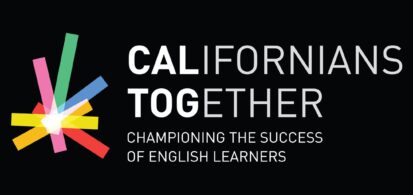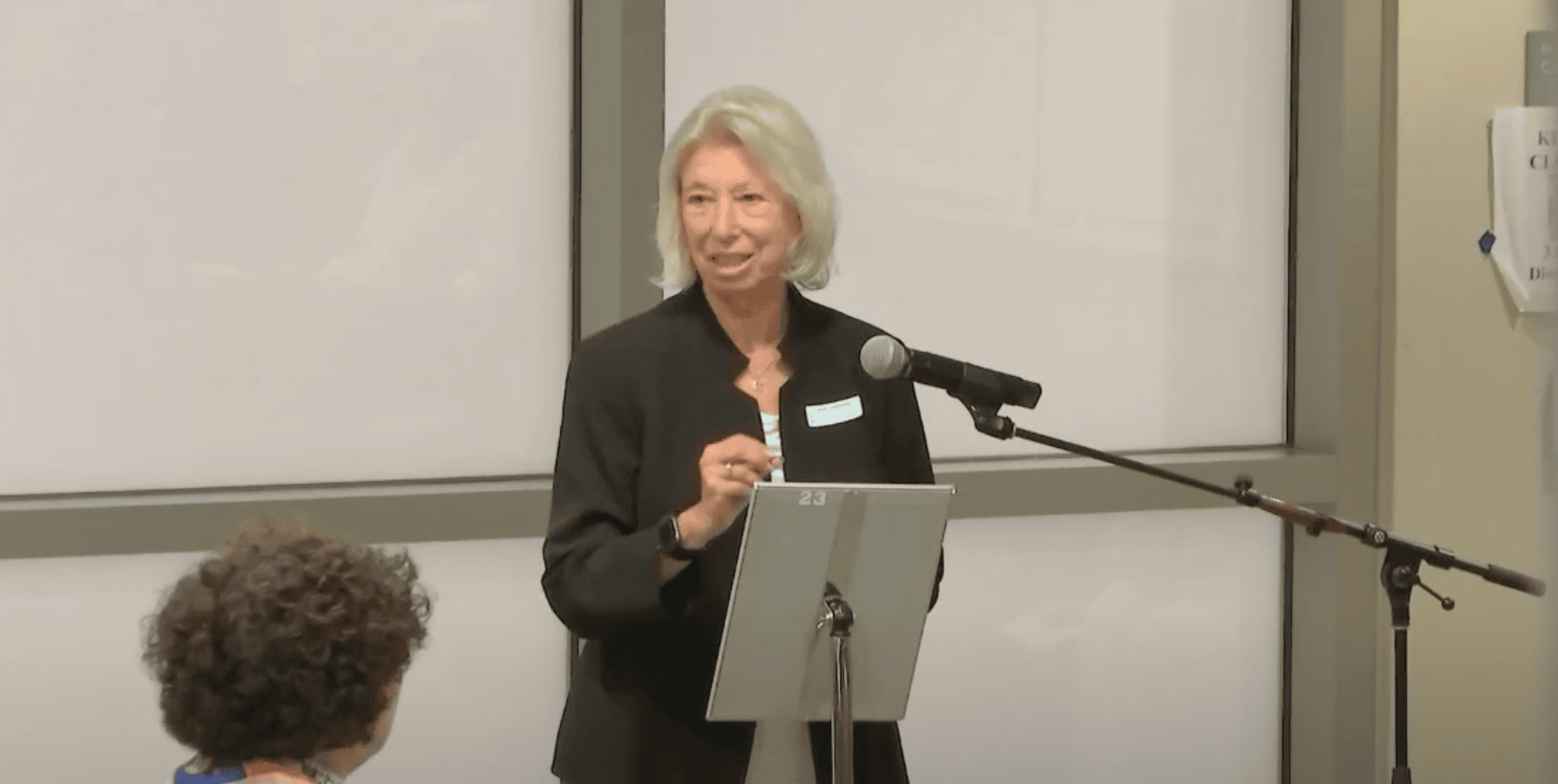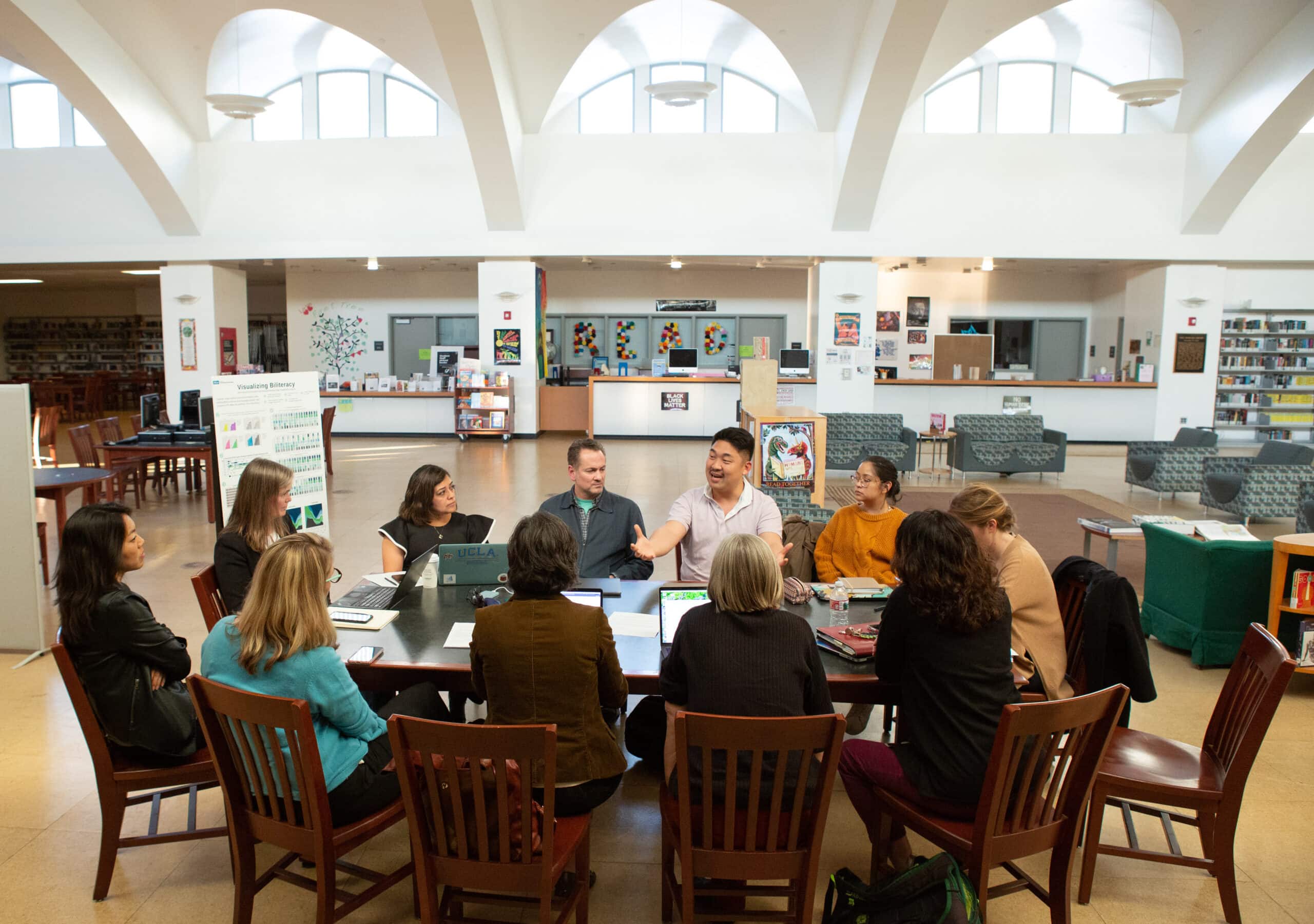Advocates Raise Key Issues at the July 2024 State Board of Education Meeting
With the growing numbers of four year olds enrolling in Transitional Kindergarten and the large numbers of these young learners coming from homes where a language other than English is […]





